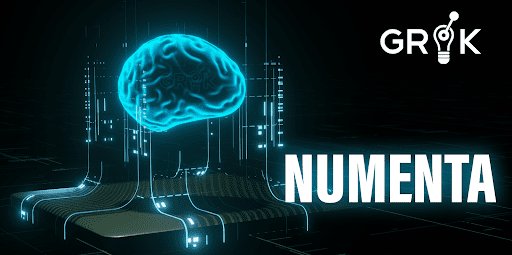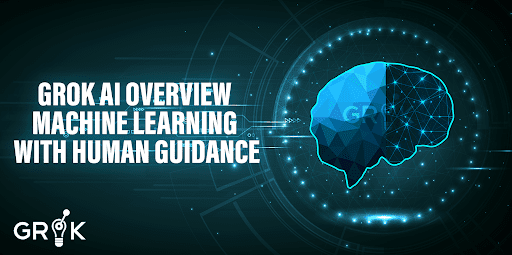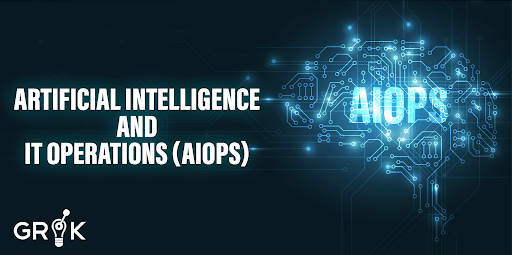
The extensive experience of Numenta in theoretical neuroscience research has resulted in significant discoveries about the workings of the brain. The development of the Thousand Brains Theory of Intelligence framework will now serve as a foundation for further research and new developments in Artificial Intelligence (AI) and Machine Learning (ML). Applying this theory to existing deep learning methods means addressing current issues while encouraging new and broader applications.
As a machine intelligence company, Numenta aims to understand how the human brain works in order to produce intelligent machines. Numenta studies hierarchical temporal memory (HTM) and the computational theory of the neocortex and concentrates on extensive brain theory and simulation. Numenta researchers collaborate with experimentalists as they focus on cortical columns, sequence learning, and sparse distributed representations to gain a broad and deep understanding of the neocortex.
The origin of Hierarchical Temporal Memory (HTM) can be traced back to the book On Intelligence by Jeff Hawkins and Sandra Blakeslee (2004). Developed by Numenta, HTM is a biologically constrained machine intelligence technology that is currently used for anomaly detection in streaming data. Its technology is derived from the complex structure and workings of the mammalian brain, specifically the human brain, its interactions and its function.
HTM is a robust and efficient machine learning algorithm that can store, learn from scratch or through previously-stored patterns in its database (in an unsupervised process), infer new ones, and recall any high-order sequences. Unlike most other methods that rely heavily on labels, HTM doesn’t require labels as it continuously learns over time without any supervision. Its robustness and ability to learn multiple patterns at once make HTM suitable for computer applications such as prediction, anomaly detection, classification, and ultimately sensorimotor applications.
A few applications from Numenta and its commercial partners have been used as examples to try to implement HTM in its software.
Grokstream is the research arm of Numenta, created to support the idea of the intersection of neuroscience and data science. For over five years, the company has helped to monitor networks for server anomalies using the HTM algorithm and Grok for AWS.
GroK saw a potential to connect the experience from managing services, including those related to automation technologies, hence, the company was formed in spite of the industry’s initial disinterest. The name and technology were licensed to build part of Grok AIOps platform, which employs both traditional machine learning as well as HTM’s more recent techniques of anomaly detection.
Initially, Grokstream’s focus was solely on anomaly detection. However, meetings with Fortune 500 companies and service providers revealed that although anomaly detection was essential, the first signal would be insufficient to suit industry goals. Grok thereupon transformed itself into a platform wherein HTM or other learning algorithm systems are applied to the right stream such as events, logs, and performance metrics. As a result, Grok gained a more comprehensive and all-inclusive view of the logs and correlations to help large companies see, connect, and learn from their error messages.
Grok AI can seamlessly integrate all aspects of business, making day-to-day operations more simple and effective. Grok constantly learns and draws more unique correlations in order to refine prediction methods so that Grok partners can move from a reactive stance regarding system monitoring and maintenance to a proactive one.

The Grok AIOps platform uses an array of intelligent layers to pinpoint problems and provide solutions:
1.Anomaly detection
By providing the necessary context to anticipate threatening incidents before their occurrence, the HTM algorithm has proved to be exceptional at detecting and predicting anomalies and minimizing system noise by up to 90%. HTM can perceive anomalies in signal frequency changes that represent behavior changes in the underlying system. Because it can differentiate anomalies in signals past low and high thresholds, HTM is seen as the top anomaly detection engine in the market.
According to Kindiger, HTM remains the most effective anomaly detection algorithm in the market because it delivers less noise, fewer false positives, and more precise detection. Besides performing extremely well in anomaly detection, even against minimal noise, the scalability of HTM remains its most difficult problem.
2. Anomaly clustering
Grok groups anomalies based on their events or causes to reduce noise.
3. Event and log clustering
Grok takes in entire events and logs from integrated monitors. Using a process that groups them into similar clusters, Grok applies to them such clustering methods as pattern identification and robust time-warping, which are known to minimize noise.

The strain on IT operations is at an all-time high as companies struggle with increased cloud complexity. Many organizations turn to Distributed Apps as a solution, but these methods can make it difficult for humans to monitor and locate problems during incidents or outages. This inability negatively affects company profitability.
AIOps is quickly becoming a popular way to help companies with their IT needs. This is an innovative solution that has been proven effective in eliminating tasks like managing servers or networks. AIOps platforms empower IT teams with machine learning to eliminate the need for human intervention, automatically setting alerts and automating the resolution of issues. AIOPS systems can learn patterns in cloud environments where data is shared across distributed servers which predict disasters before they happen. The concept of AIOps or “Algorithmic IT Operations” uses algorithms, instead of human or usual statistics, to make smarter decisions and help ensure application efficiency.
Grok detects latent issues with cloud apps and services and triggers automation to troubleshoot these problems before any human supervision is required.